Destination guide for the Old Slave Mart Museum in Charleston.
History
The Old Slave Mart Museum stands on the site where enslaved people were publicly auctioned and traded in Charleston. The site opened in 1856 under the name Ryan’s Mart, after the original owner, Thomas Ryan. It was initially a four-building complex spanning a block in historic Charleston, comprising a kitchen, infirmary, jail, and a structure that served as both a salesroom and showroom.
Ryan’s Mart was later sold to another slave trader, and from that point, the site was referred to as “The Mart”. It operated until 1863, when Union bombardments during the Civil War forced its closure. After the war, the property was divided and served various purposes over the years.
The salesroom, the only surviving section of The Mart, was converted into the Old Slave Mart Museum in 1938 by Miriam Wilson. The museum was initially privately owned until the City of Charleston acquired it in 1988, and it was later reopened to the public in 2007 after undergoing renovations.
Visiting the Old Slave Mart Museum
Photography is prohibited inside the building.
The Old Slave Mart Museum is a historically significant site in Charleston, offering valuable insight into the many facets of American slavery. This museum comprises two floors; the first floor features a series of storyboards, diagrams, and photographs, while the second floor displays artifacts related to the slave trade and the history of enslavement. There is also a bookstore located on the first floor.
This is a worthwhile museum, especially for visitors unfamiliar with the domestic slave trade and the atrocities endured by enslaved people. The storyboards on the first floor offer a comprehensive look into the slave trade, including its origins, its impact on American history, and its effects on the enslaved individuals. There are a few photographs and artifacts, but the displays are primarily text-based. I found the material to be interesting, but, in my opinion, the experience could be enhanced by the addition of multimedia (i.e., videos) or interactive displays. The second floor features items that more effectively exemplify the harsh realities of slavery. These artifacts include photographs, auction sale sheets, shackles used to imprison the enslaved, newspaper clippings, and more.
The Old Slave Mart Museum is best reached via public transportation or ride-share services, as parking is limited in downtown Charleston. However, if you do have a vehicle, there are a few parking garages within walking distance of the museum. The museum is not that large, with a visit taking between 30 and 40 minutes. I visited the Old Slave Mart Museum on a holiday Monday (Martin Luther King Jr. Day), and there was a bit of a crowd on the first floor, which made for a tight squeeze as some walkways are narrow.

Reduced admission is available for those who qualify; more information is available on the museum’s website.

The museum is accessible to individuals with mobility needs.
Travel Tip
The Old Slave Mart Museum is located less than a block away from the Old Exchange and Provost Dungeon, a historically significant site that played a pivotal role in the American Revolutionary War. The Museum is also a short walk from the Powder Magazine Museum.
(coming soon – destination guide the Powder Magazine Museum)
Resources
For more information, visit the Old Slave Mart Museum’s website.
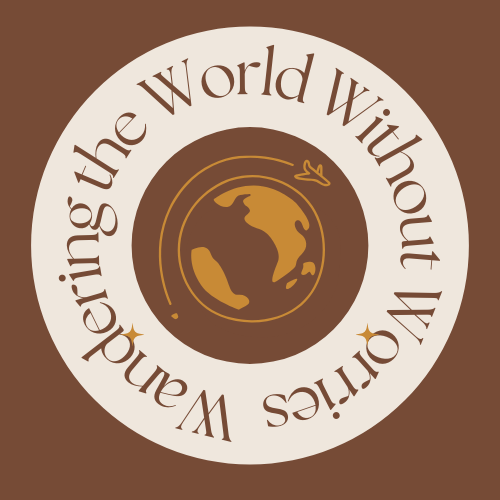
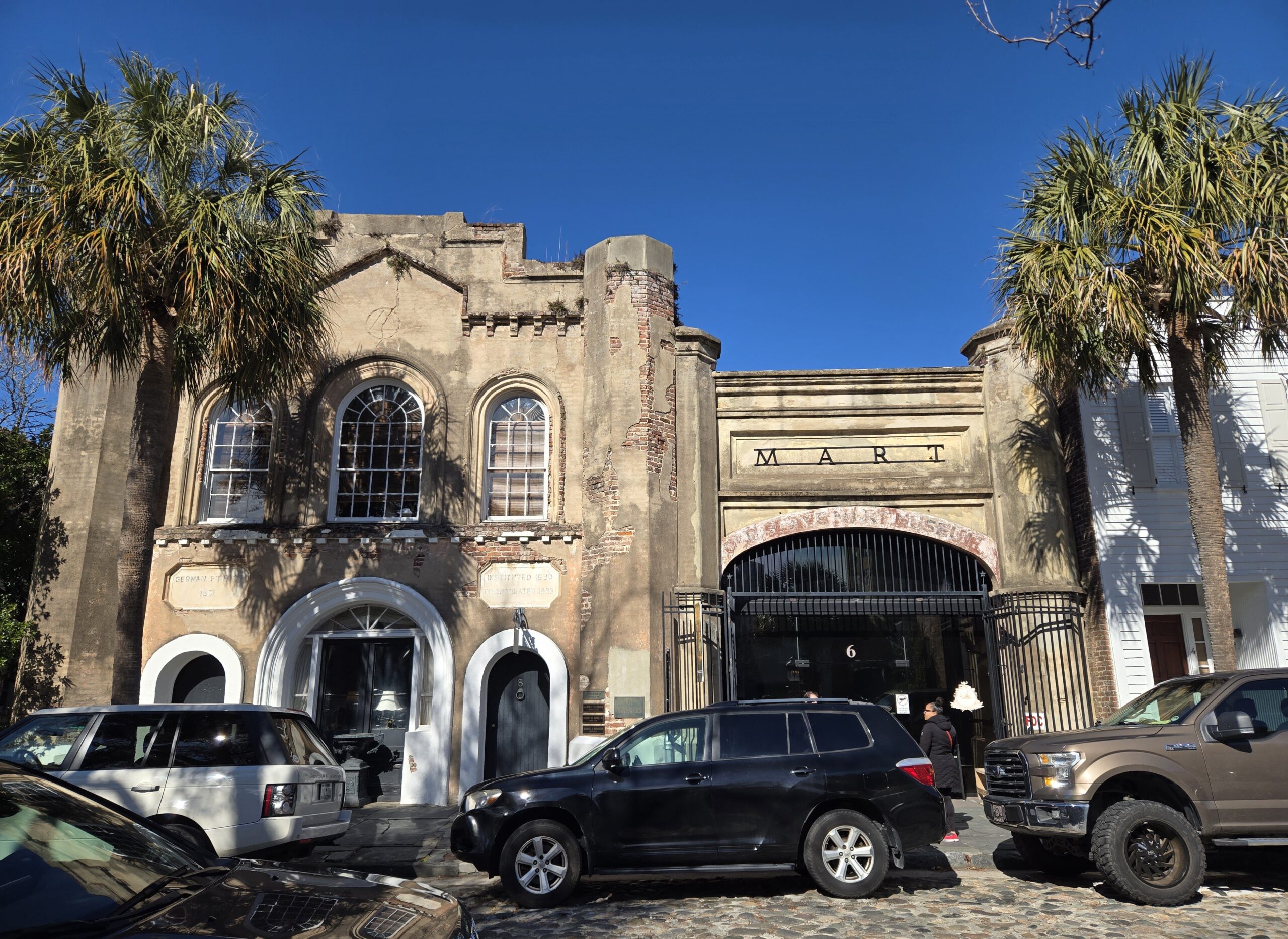
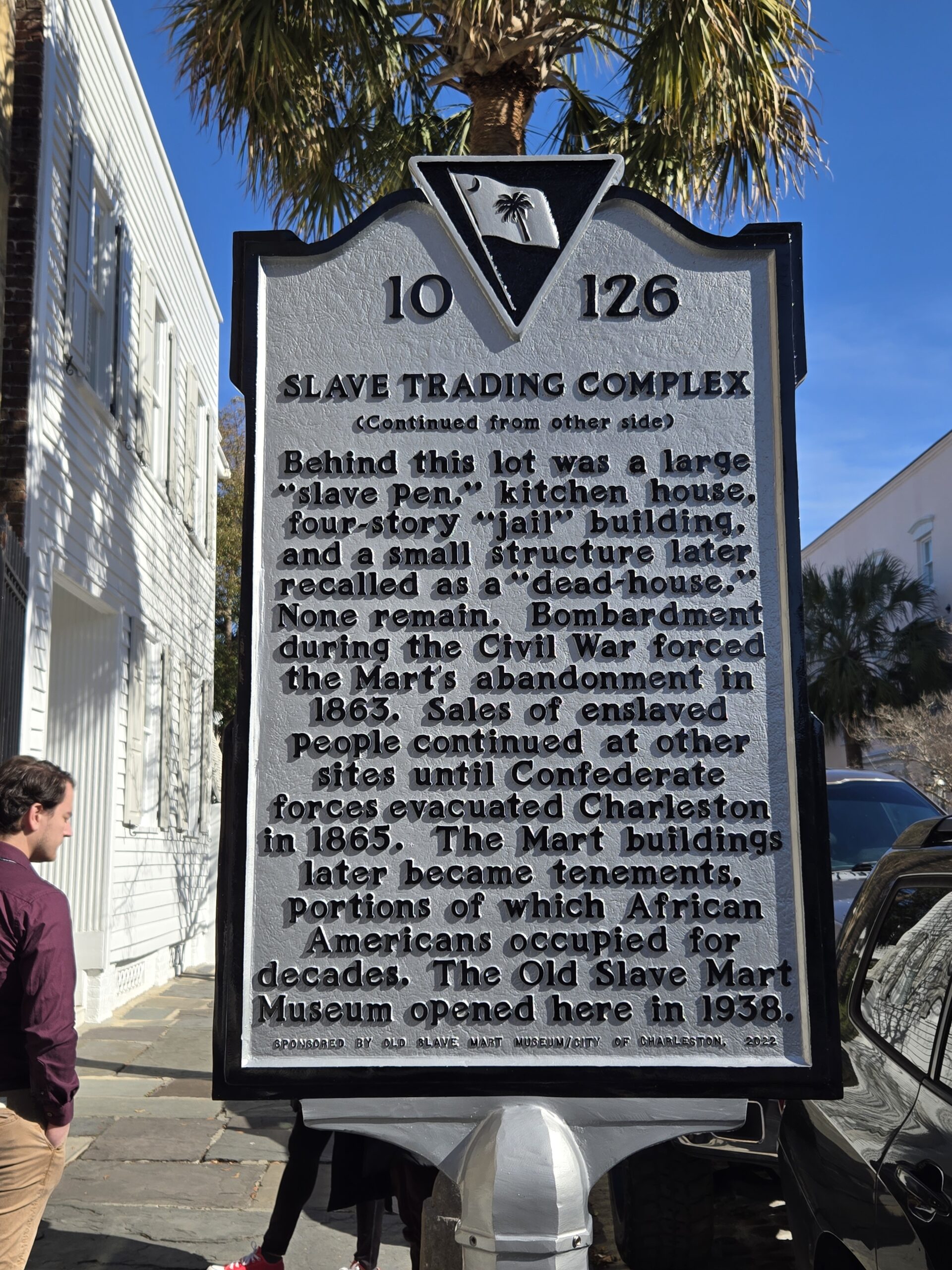
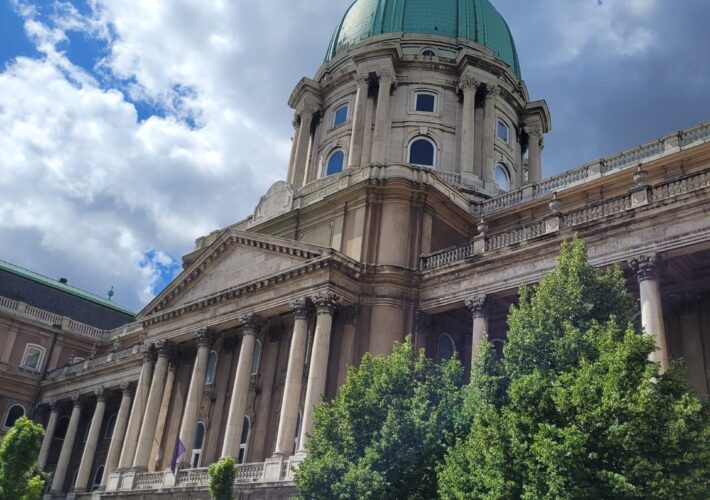
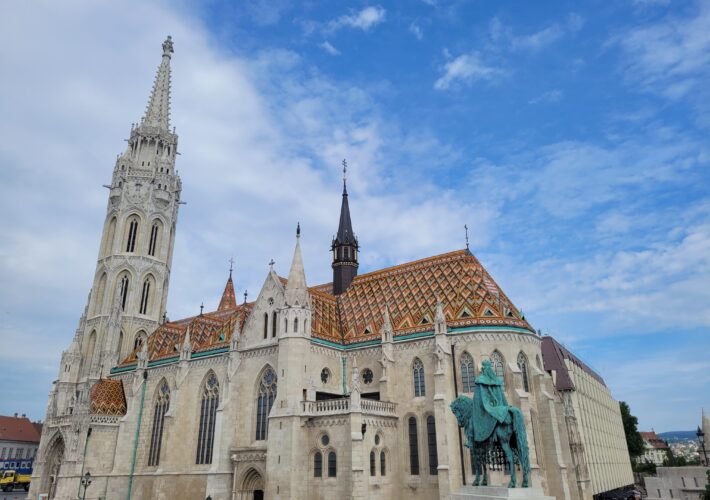

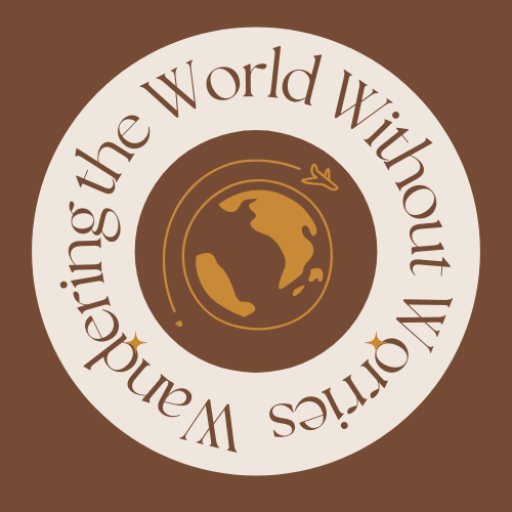

Leave a Comment